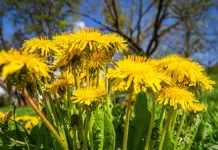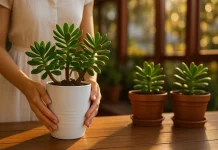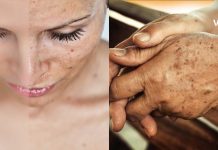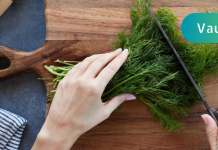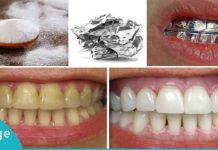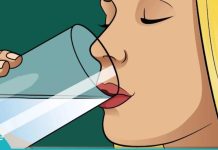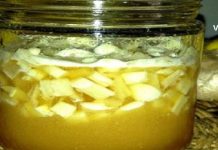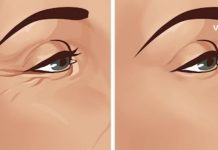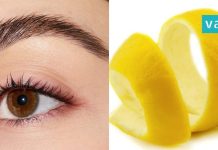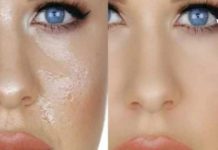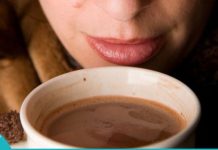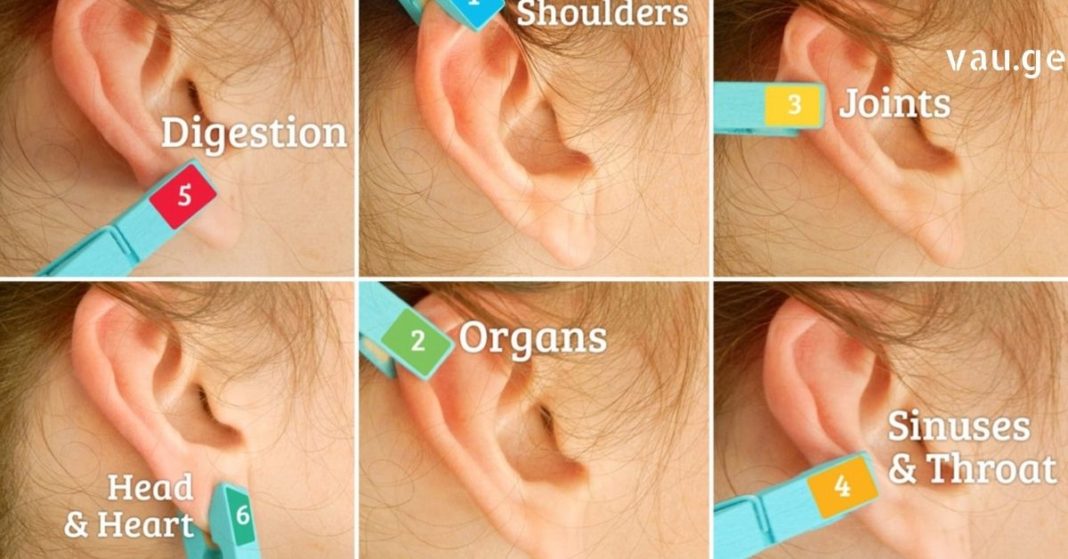Have you ever wondered what would happen if you placed a clothespin on different parts of your ear for just one minute? The result might surprise you!
Most people don’t realize that the ear isn’t just an organ for hearing — it also plays a vital role in maintaining balance and can even be used in alternative therapies to relieve pain and discomfort in various parts of the body.
The Ear: More Than Just Hearing
The human ear is a complex organ composed of three main sections: the outer ear, the middle ear, and the inner ear. These parts work together to convert sound waves into nerve impulses, which are then interpreted by the brain as sound. Interestingly, the inner ear is also essential for helping our body maintain balance and spatial orientation.
Let’s take a closer look at each part:
The Outer Ear
This includes the visible part of the ear (called the auricle or pinna) and the external auditory canal. The auricle is made of cartilage and covered in skin. Its unique shape is designed to capture sound waves efficiently and funnel them through the ear canal toward the eardrum — a thin membrane that separates the outer ear from the middle ear.
The Middle Ear
The middle ear begins with the eardrum and contains a small air-filled cavity housing three tiny bones: the malleus (hammer), incus (anvil), and stapes (stirrup). These bones form a chain that connects the eardrum to the oval window, a membrane that leads to the inner ear.
When sound waves hit the eardrum, it vibrates. These vibrations are amplified by the three tiny bones and passed on to the inner ear through the oval window.
Additionally, the middle ear includes two very small muscles: the tensor tympani and the stapedius. These muscles can tighten in response to loud sounds, reducing the movement of the ossicles and protecting the inner ear. This protective mechanism is known as the acoustic reflex.
Pain Relief Through Ear Reflexology
If you’re someone who avoids running to the doctor for every little ache or pain, you’ll be intrigued to learn that gentle stimulation of specific points on the ear can help relieve discomfort. According to certified reflex therapist Helena Lui Chin, the outer ear actually contains a “reflex map” of the human body. This map consists of various nerve endings that are connected to the central nervous system.
By applying slight pressure or stimulation to certain areas of the ear, it’s possible to target different organs and body parts. One simple tool to do this is — surprisingly — a clothespin.
Here are six pressure points on the ear and what they correspond to:
1. Back and Shoulders
The uppermost part of the ear is linked to your back and shoulders. If you’re experiencing tension or pain in these areas, try clipping a clothespin on this part of the ear for 60 seconds. It can help relieve built-up stress or discomfort.
2. Internal Organs
The second point, just below the first, is connected to your internal organs. While it’s not a replacement for medical treatment, stimulating this area can aid in reducing discomfort caused by mild digestive or organ-related issues.
3. Joints
The third spot corresponds to the joints — like knees, elbows, and fingers. Apply gentle pressure with a clothespin here if you’re feeling stiff or sore in your joints.
4. Throat and Sinuses
This point relates to nasal and throat health. If you’re showing early signs of a cold or sinus infection, apply a clothespin here to potentially lessen the symptoms or even prevent the condition from worsening.
5. Digestion
If you suffer from bloating, indigestion, or stomach discomfort, the fifth area on the ear is your target. A clothespin clipped here may stimulate better digestive function.
6. Heart and Head
Lastly, the earlobe is connected to both the heart and the head. Applying pressure here might help prevent headaches and even support heart health.
While this method doesn’t replace professional medical advice, it can be a useful tool in your daily wellness routine. Who knew a simple clothespin could become a gateway to pain relief and bodily harmony?
